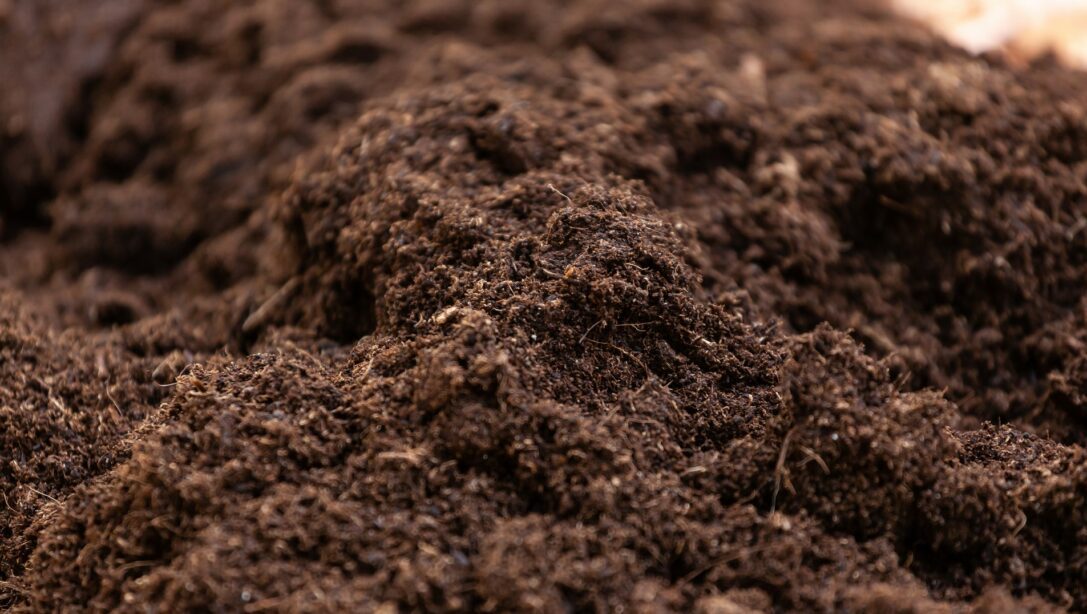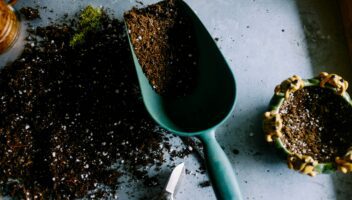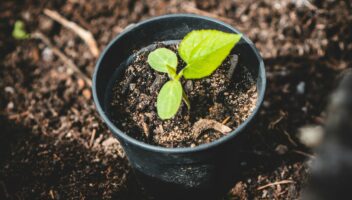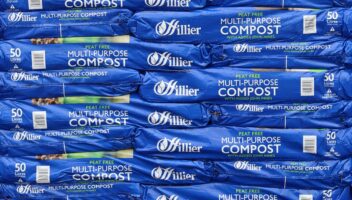As a company Hillier has been committed to transitioning from peat to peat free for many years now – and in fact has been 40% peat free for over a decade. Hillier, now completely peat free, was amongst the first nurseries to make the change, in both our nursery production and retail garden centres.
The learning curve has been a steep one, and through this adjustment period we have continually adapted our growing and plant care processes. It may interest many of our Gardening Club members and garden centre visitors to know that before most customers were even aware of the ‘peat versus non-peat’ debate, we were already well into our transformation.
As with most worthwhile ventures, the transition has had great cost. We lost a lot of plants, increased nursery wastage, and bumped up general expenses in our evolution from peat to peat free. We are proud of our successful transition, the insight, and understanding we have gained. Our Hillier ethos is to consistently achieve new levels of excellence, so we actively continue to research and develop for the horticulture industry.
We are delighted to be a part of the RHS Peat-Free Fellowship, a collaborative group of growers, growing media manufacturers, and commercial partners. The work seeks to share invaluable information, trial methods and valuable feedback – under the auspices of the Department for Environment, Food & Rural Affairs.
The Transition from Peat Compost to Peat Free
Due to somewhat stable weather in past years, our challenges were less noticeable and there were fewer issues with peat free growing on the nursery. The extreme weather conditions of the last 2 years provided far more complications.
Peat free compost can exaggerate growing conditions, creating increases in plant stress caused by extreme cold, heat or wet weather, and raising several new concerns. Something as seemingly insignificant as pot colour can impact the compost temperature. Our old black pots warmed faster in the early season sunshine than the environmentally friendly grey pots we now use, this means roots wake up a little later in the spring.
The supply of peat free compost to the nursery is not always uniform either, 3 lorry loads can all be slightly different! When the compost arrives, it can still be composting, and is biologically active even in the delivery lorry. As a result, batches of plants all need more careful monitoring and can respond differently.
The first 48 hours of establishing a plant on the nursery are crucial, and our team are having to carefully tend to plants through this period.
Peat free compost can have uneven water distribution. The flow of water often chooses the path of least resistance, which means you might have water at the bottom of the pot or on one side, and it looks bone dry at the top. As a result, it can be very easy to over, or under water.
On our nurseries we carefully take the plant out of its pot to check water levels, leading to time consuming challenges in terms of irrigation. Watering is one of the most skilled jobs on the nursery. With peat compost we could pick up a pot and judge water levels on its weight. With peat free weights are all different, and judging by simply lifting a pot doesn’t work in this new world.
The takeaway is: the best way to water plants seems to be lower quantities and more often, we never let the water flow out of the bottom of the pot as this takes the nutrients with it!
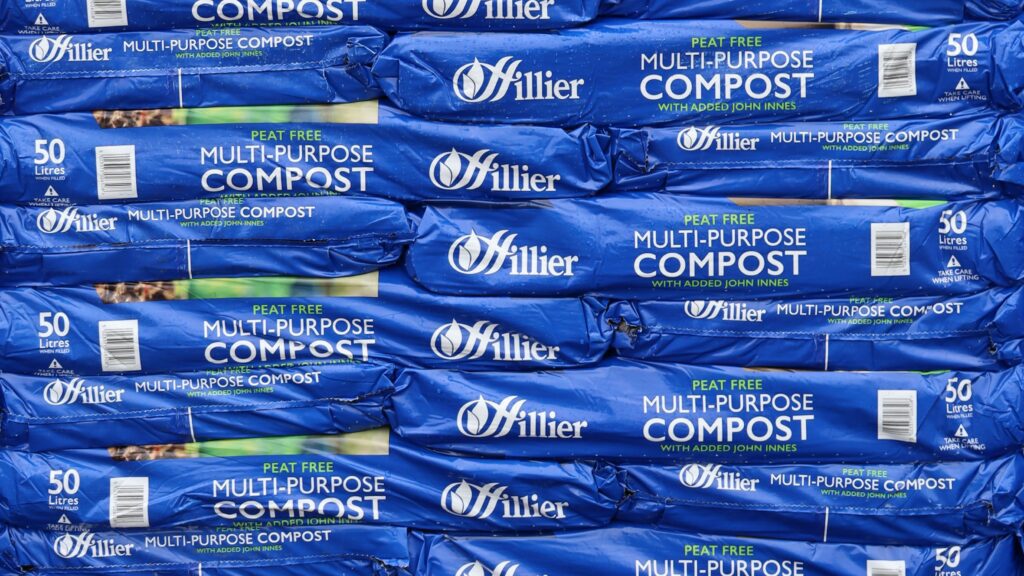
From Hillier Nurseries to Hillier Garden Centre
Once the plant is rooted properly it becomes easier to manage. Our nurseries research and test long-term care and transport for plants even using a method of ‘destructively testing’ plants. By the time Hillier plants reach our garden centres, we are confident that our customers are receiving only the highest quality plants available.
|
A Snapshot of Differences: Peat vs Peat Free |
||
|
Peat Free Compost |
Peat Compost |
|
|
Research & Development |
Early stages of learning about peat free growing. |
Peat compost has been used for over 50 years, so our understanding of this is well entrenched. We have a good history of R & D. |
|
Environment |
Peat alternatives are sustainable and more environmentally friendly, which is why the UK, and the world, is embracing this route. |
Peat harvesting increases greenhouse gas levels, is destroying biodiverse areas, and causing environmental damage. |
|
Watering |
Water doesn’t always soak through peat-free compost evenly. Hard to check. |
Easy to grow plants as peat is inert, holds water, and is well understood. |
|
Water more often but in lower quantities. |
Water well, to soak the root ball (and less often). |
|
|
Peat free should be dry on top to reduce weed and liverwort and prevent water loss. |
||
|
Easy to over-water. |
Easy to see when compost has had enough water. |
|
|
Nutrients |
Over-watering means nutrients are easily washed away. |
Holds and gradually releases nutrients. |
|
Substance |
Peat free alternatives have their own distinct physical, chemical, and biological properties and are microbially active. It makes it a less predictable substance. |
Peat has decomposed over 10s or 100s of thousands of years. It is fossilised and free from microbial action. It’s a predictable and controllable substance. |
Hillier Looking Forward
Feeds are being developed now to work specifically with peat free and everything else is catching up. We have developed mixes for our nurseries, adapting it so the shelf-life is good for the garden centres and using wetting agents to better aid irrigation.
Hillier nurseries are using probes and data loggers to understand exactly what is happening within the compost. As a result, we are making new and fascinating discoveries, such as how temperatures effect water uptake.
We are using and experimenting with wetting agents to help the water spread more effectively, within the compost and are conscious of working around weather extremes as these are going to be coming more often.


